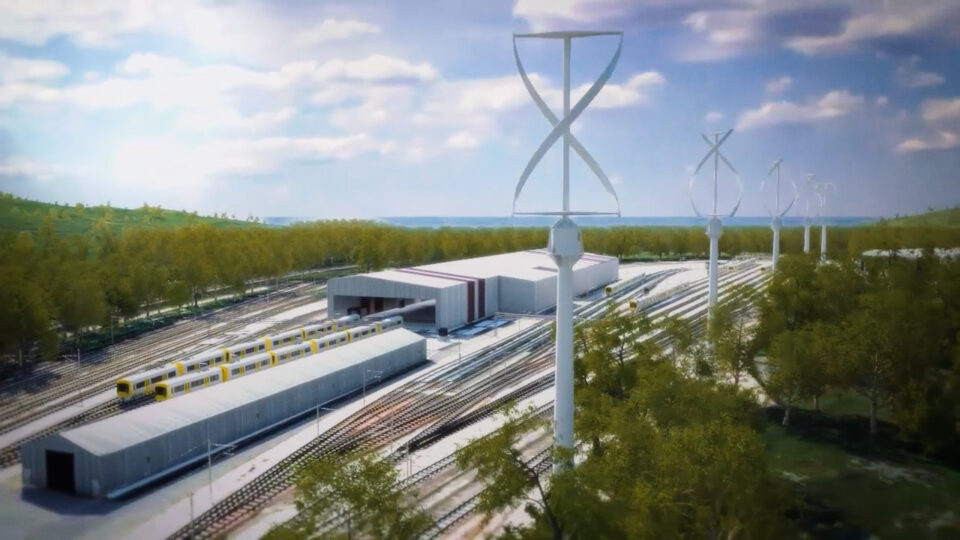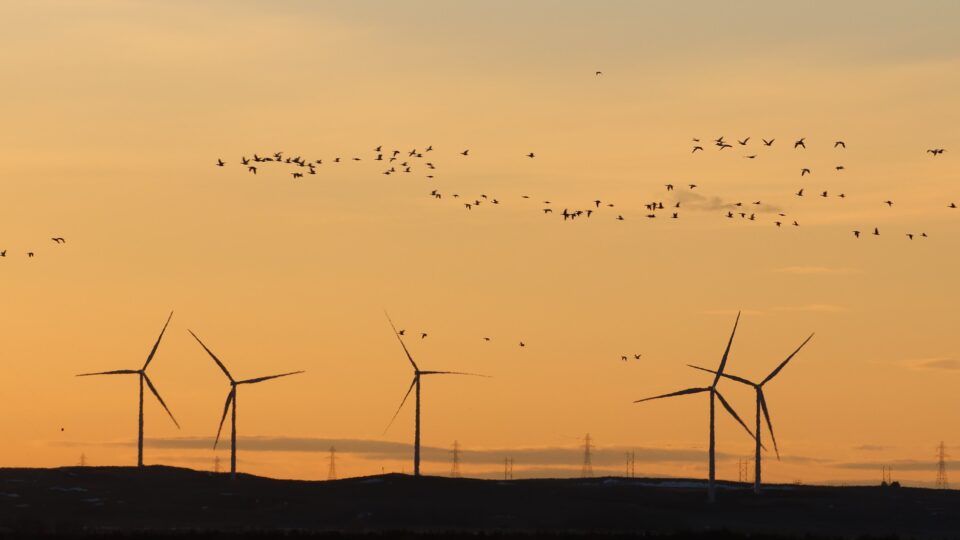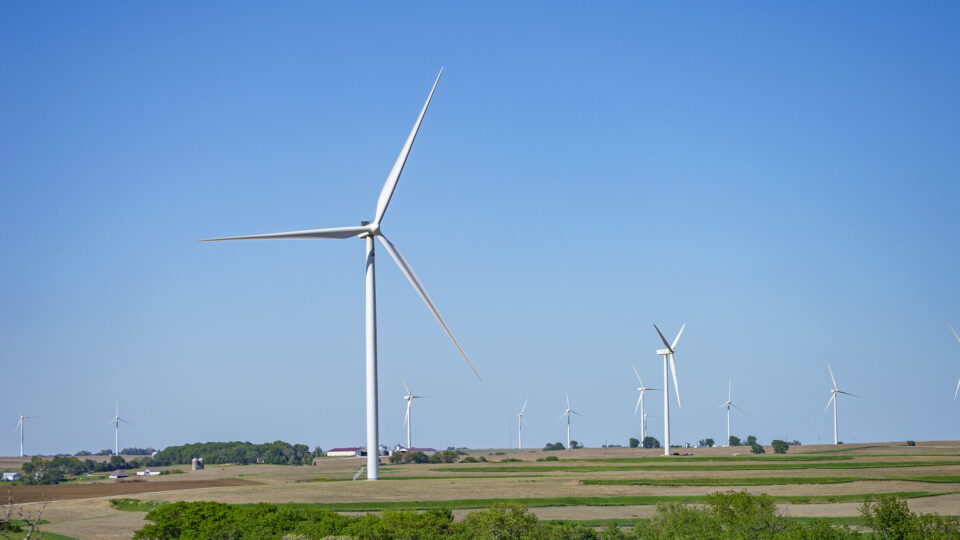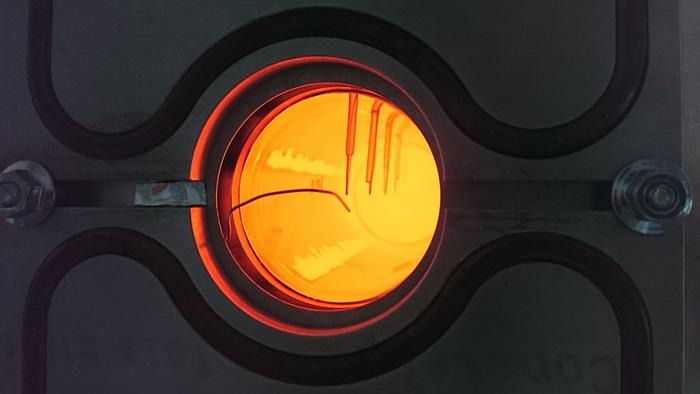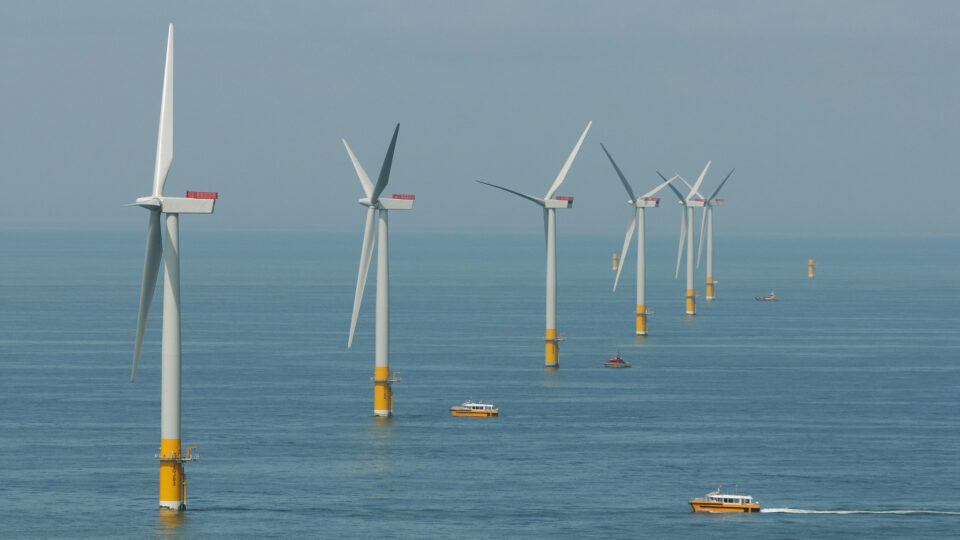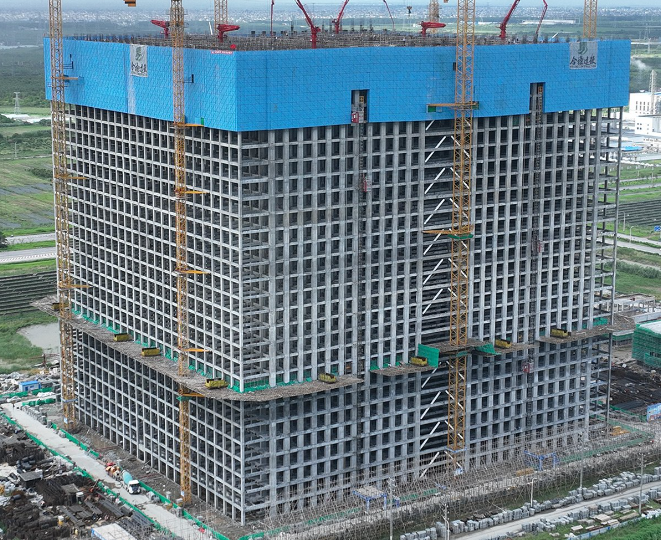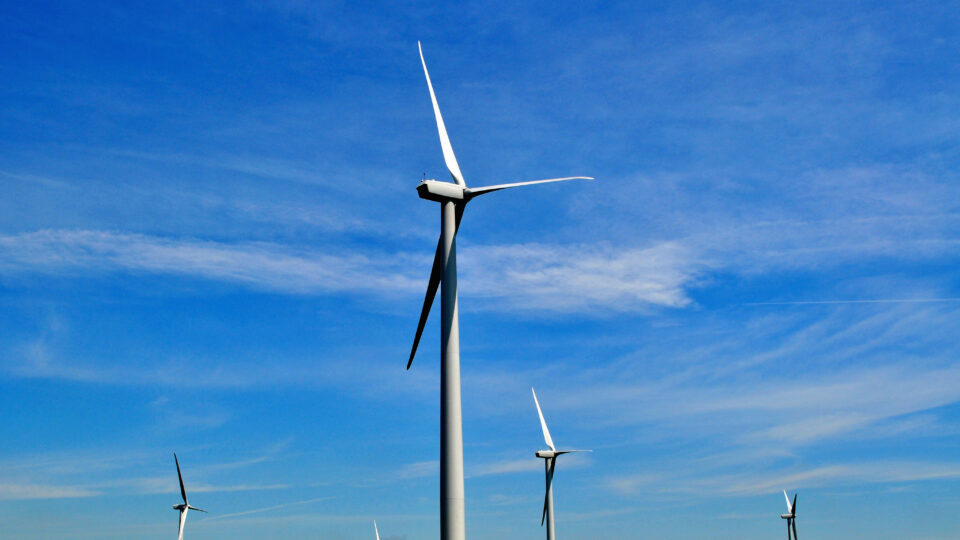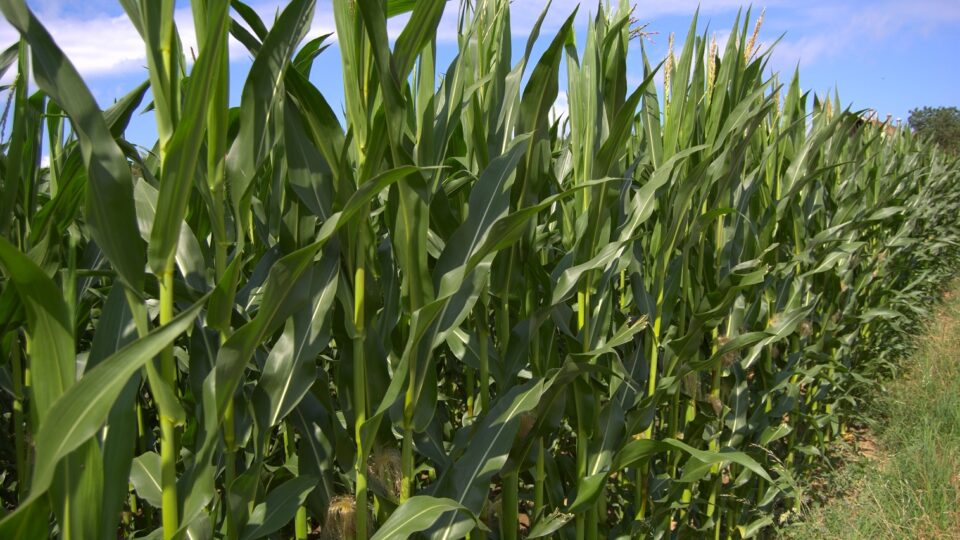Nearly all wind turbines in use today are horizonal axis wind turbines. They are a familiar sight with their three giant rotor blades spinning about an axis high above the ground attached to a nacelle containing the gearbox and generator.
A vertical-axis wind turbine has its rotor shaft transverse to the wind; that is, the shaft rises up from the ground and the gearbox and generator are located close to the ground.
This type of wind turbine does not need to be pointed into the wind, which eliminates the need for wind-sensing and orienting mechanisms. It is also considerably quieter in operation than horizontal axis wind turbines. Vertical-axis wind turbines have enjoyed minimal success to date because of a variety of problems including reliability issues and complications related to how they respond to changing wind conditions.
A next-generation vertical wind turbine is going on trial in Australia as part of a research collaboration between Flinders University in South Australia and the start-up company VAWT-X Energy. The 6KW prototype will be installed at a field site in Australia’s Fleurieu Peninsula.
According to the developers, the new turbine design will be as efficient, or even more efficient, as existing horizontal turbines and will be able to thrive across diverse environments including being part of urban infrastructure where their relative quiet is a real advantage. Such turbines would be more accessible for applications like off-grid power and sustainable energy solutions for small businesses and farms. The developers claim the technology can also be scaled up for large-scale windfarms.
**********
Web Links
Progress with new-look wind turbine
Photo courtesy of VAWT-X Energy.
Earth Wise is a production of WAMC Northeast Public Radio
